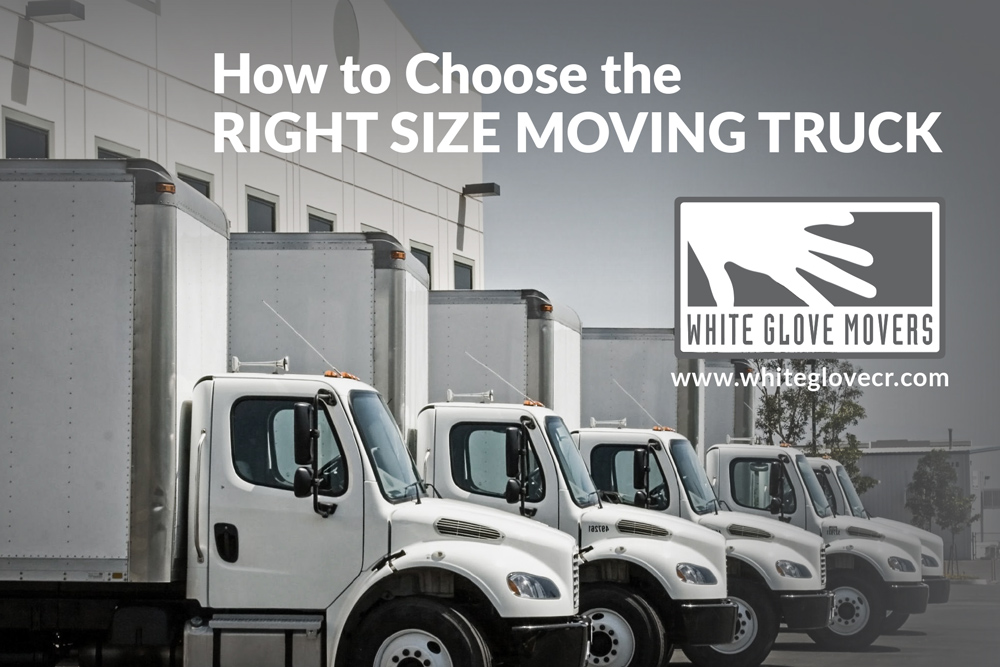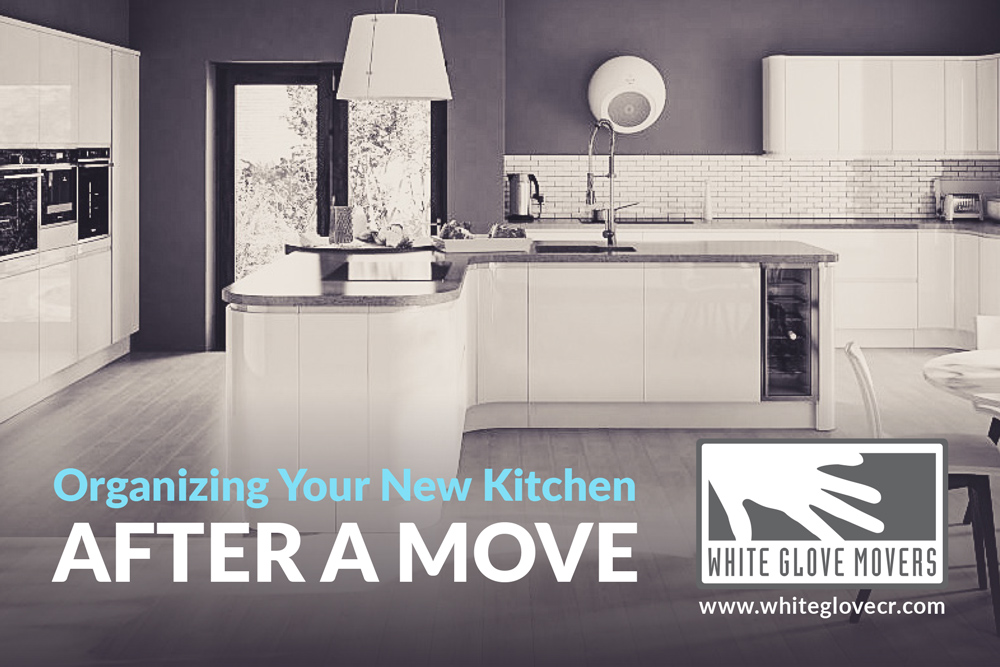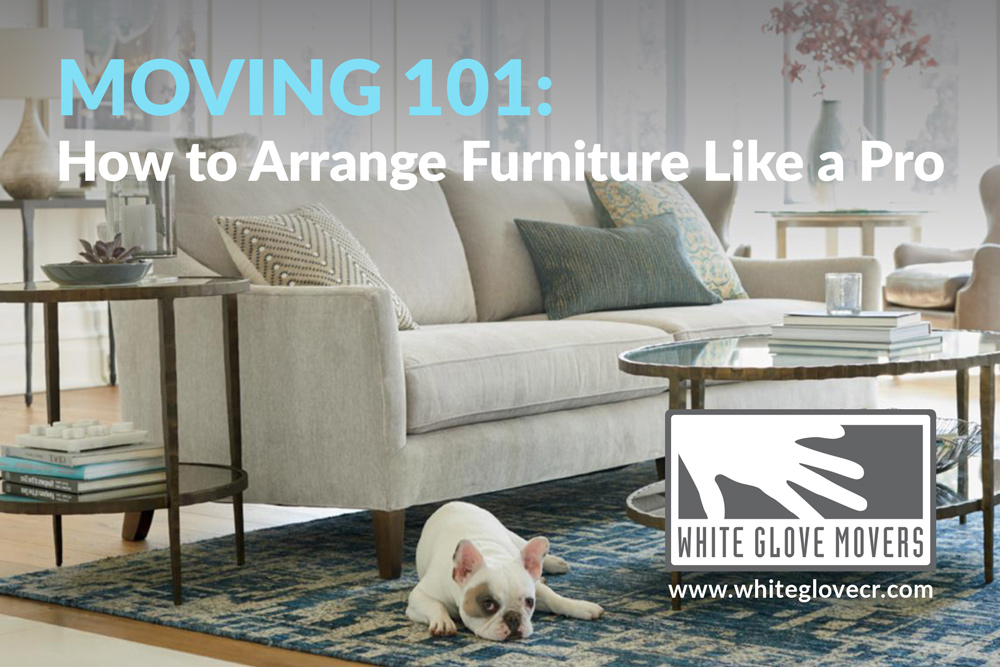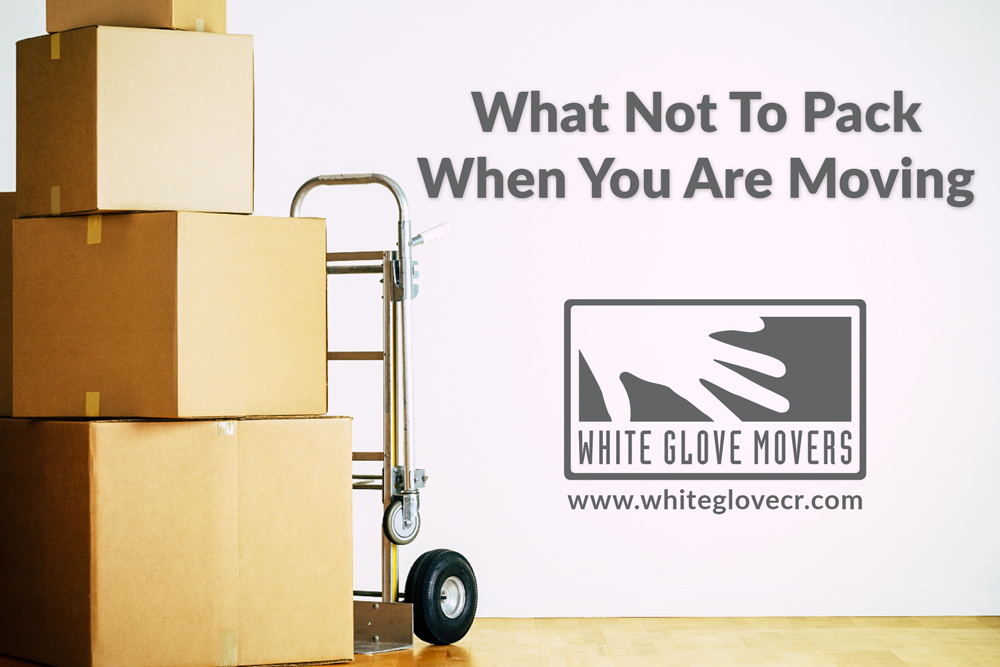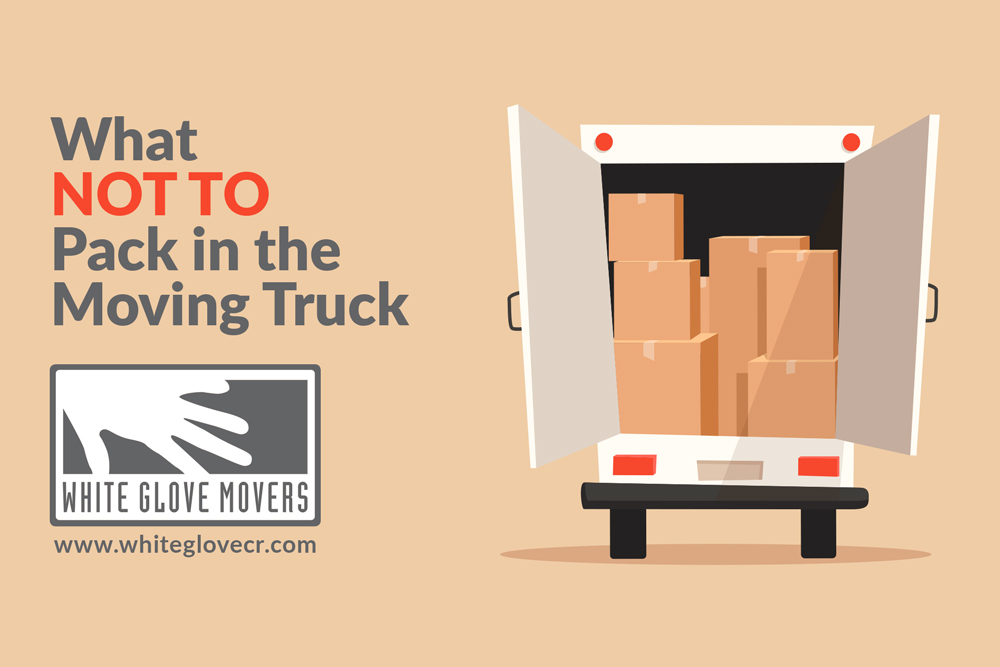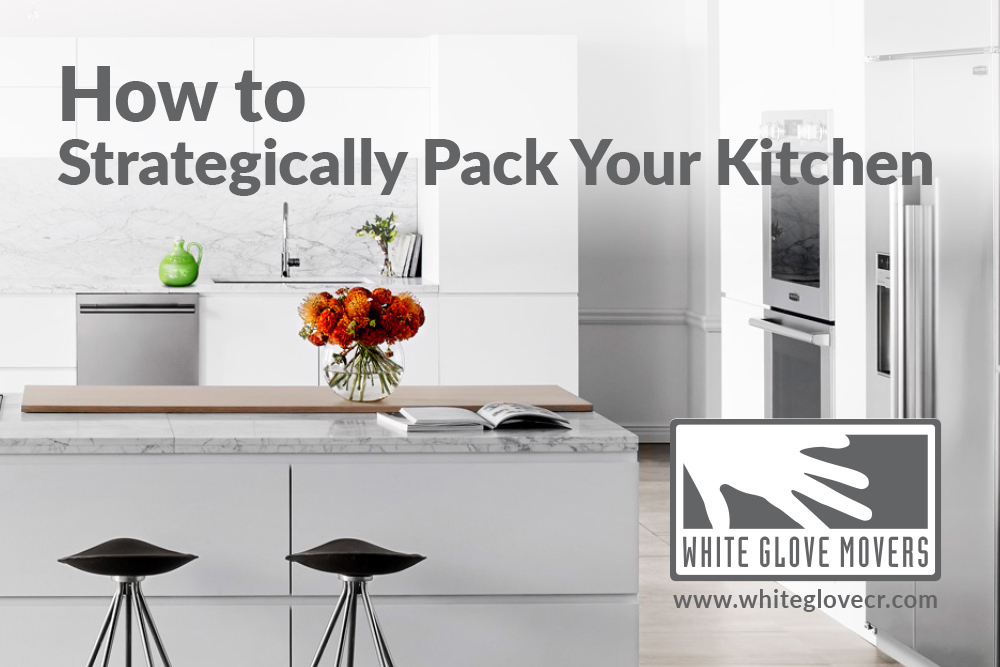Now that you’re committed to the idea of moving to a new home, you’ve no doubt started looking at properties. Perhaps you’ve even narrowed it down to a neighborhood that has a home for sale that meets your requirements. Before you make your official offer, it can be highly beneficial to speak to the current residents of the neighborhood.
The best way to solidify your decision is to take a walk through your prospective neighborhood and speak to your would-be neighbors. They’ll have inside information regarding the goings-on in the community as well as any peculiarities that may occur. Even after you move in, keeping communication going can be valuable as it will allow you to get to know your new neighborhood well.
A good question, however, is what information you should ask your neighbors about. Below are some helpful questions that will help you get to know them and your new surroundings.
1. How is the neighborhood doing?
What are the surrounding businesses like? Are the local services and amenities good and reliable? What are the best resources close to this neighborhood? Are there new developments nearby? Do most people keep up their homes? What’s the personality of the neighborhood?
You’ll be able to answer most of these questions when you spend time there as well as driving around. Since things might not always be as they appear, the residents will know the real deal.
2. Would you say the neighborhood is safe?
Doing a little research before taking the plunge is always a good idea, so don’t be shy about digging around. Take a look at the crime rate and traffic accidents online and at the local police station. Keep in mind, though, that the locals will be able to help you understand what’s really happening.
3. How’s the morning commute?
Chances are most of the places you’ll be visiting on a daily basis are routine, but knowing what to expect on the way to school, work, the bank, the gym, and the doctor’s office is helpful. Current residents will be able to tell you where you can expect traffic jams, construction, and oddly-timed traffic lights.
4. What do you know about his house?
Even though your neighbors aren’t living in the house you’re considering buying, they’ll be able to tell you about the goings-on. All you need to do is ask what they know and they’ll tell you about the people who lived there before, how well the property was treated, if there were any recent accidents (fire, flood, pests), and if anyone has died in the house. Whether or not you’ve fully committed yourself to the home you’re considering, this is all helpful information.
Moving to your new home doesn’t have to be a drag. To get help with the moving process, hire a team that’s experienced with residential moving. White Glove Movers is a locally owned and operated business in Cedar Rapids, Iowa, but we help families move all over. Speak with us today regarding your moving needs.



